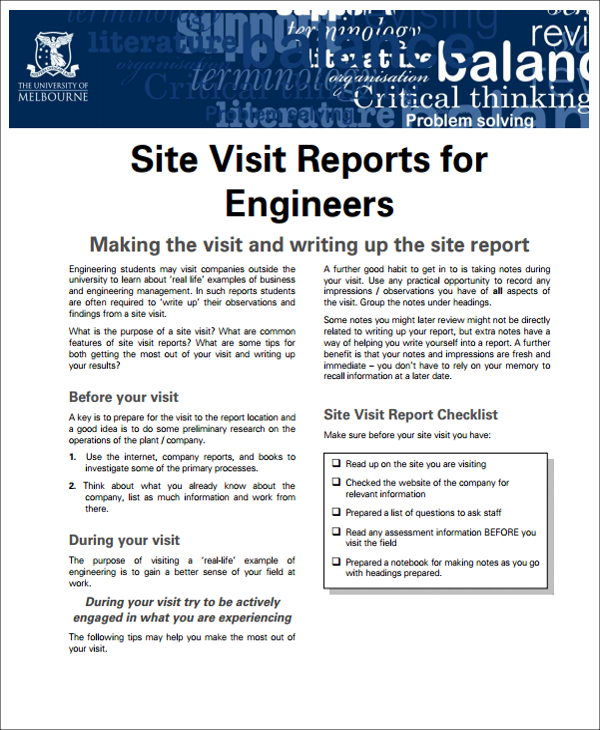


We have been helping schools and responsible bodies, such as local authorities and multi-academy trusts, to manage the potential risks of RAAC since 2018 by providing guidance and funding. How and why has the way you deal with RAAC changed? It means it may be found in any school and college building that was either built or modified in this time period. It is predominantly found as precast panels in roofs, commonly found in flat roofs, and occasionally in floors and walls. RAAC is a lightweight, ‘bubbly’ form of concrete commonly used in construction between the 1950s and mid-1990s. Any responsible body or school that has notified the Department of suspected RAAC will be surveyed within the coming weeks and supported to put mitigations in place.

The figures published today are likely to rise over time surveys are carried out and as the remaining 5% of responsible bodies return their questionnaires. We are still waiting on some responsible bodies to return their questionnaire.

In 2022, the Department for Education sent a questionnaire to responsible bodies, asking them to provide information to help us understand the use of RAAC across the school estate and make sure the correct support is in place. Nine settings have since been found not to have RAAC. Only 4 have had to move to remote learning. Meanwhile, 20 settings have put hybrid arrangements in place, with some pupils learning off-site, and 19 have delayed the start of term by a few days to ensure pupils can return to face-to-face learning safely on site. The list of schools and colleges where the presence of RAAC was confirmed by 30 August has been published, here, on Gov.uk.Īs of 6 September, most settings have already been able to put mitigations in place and open for the start of term – 104 settings are providing face-to-face learning for all pupils this week. Here’s everything you need to know about RAAC, and how we’re supporting schools, colleges and nurseries across the country to manage it safely. We have spoken to the education settings that are impacted and they are being contacted by a dedicated caseworker who will support them through each step of this process. Your child should attend school as normal in September, unless you hear differently. It’s important to remember that currently less than 1% of settings are affected by this new guidance. Thanks to the hard work of education leaders and local councils, the majority of settings have already been able to put mitigations in place and open for the start of term, with 70% of settings providing face-to-face learning for all pupils this week. We’re working hard to make sure any disruption to education is kept to a minimum. Recent cases have led for the Department to be concerned about education settings', including schools, colleges and maintained nursery schools, ability to carefully manage the presence of RAAC in their buildings.Īs a result, we have published new guidance advising education settings to vacate areas that are known to contain RAAC, unless or until suitable mitigations are in place. We have been proactively monitoring all confirmed cases of RAAC closely. This is why we’ve announced a change in our approach to managing a building material found in some school buildings and other education settings, known as Reinforced Autoclaved Aerated Concrete (RAAC). Nothing is more important than the health and safety of children and staff. This article was first published on 31 August and has been updated to reflect the latest information.


 0 kommentar(er)
0 kommentar(er)
